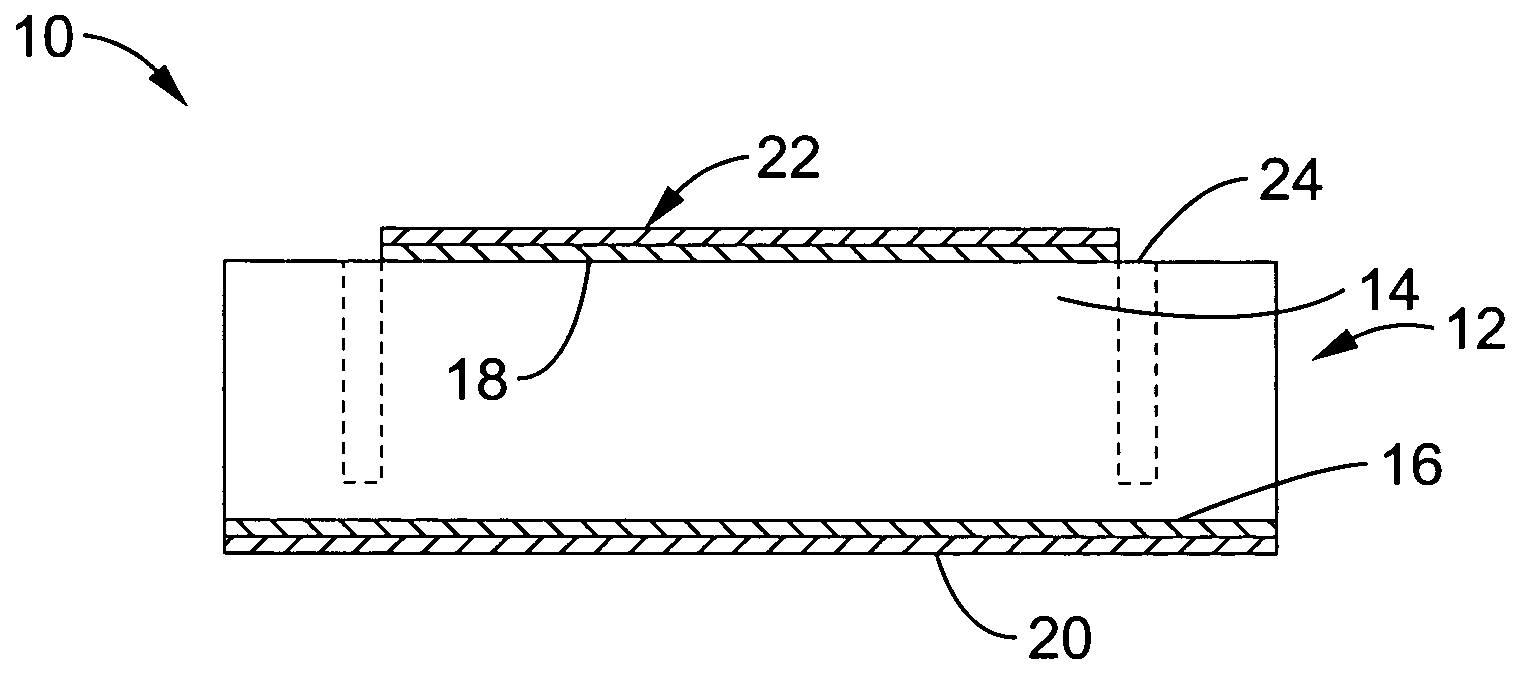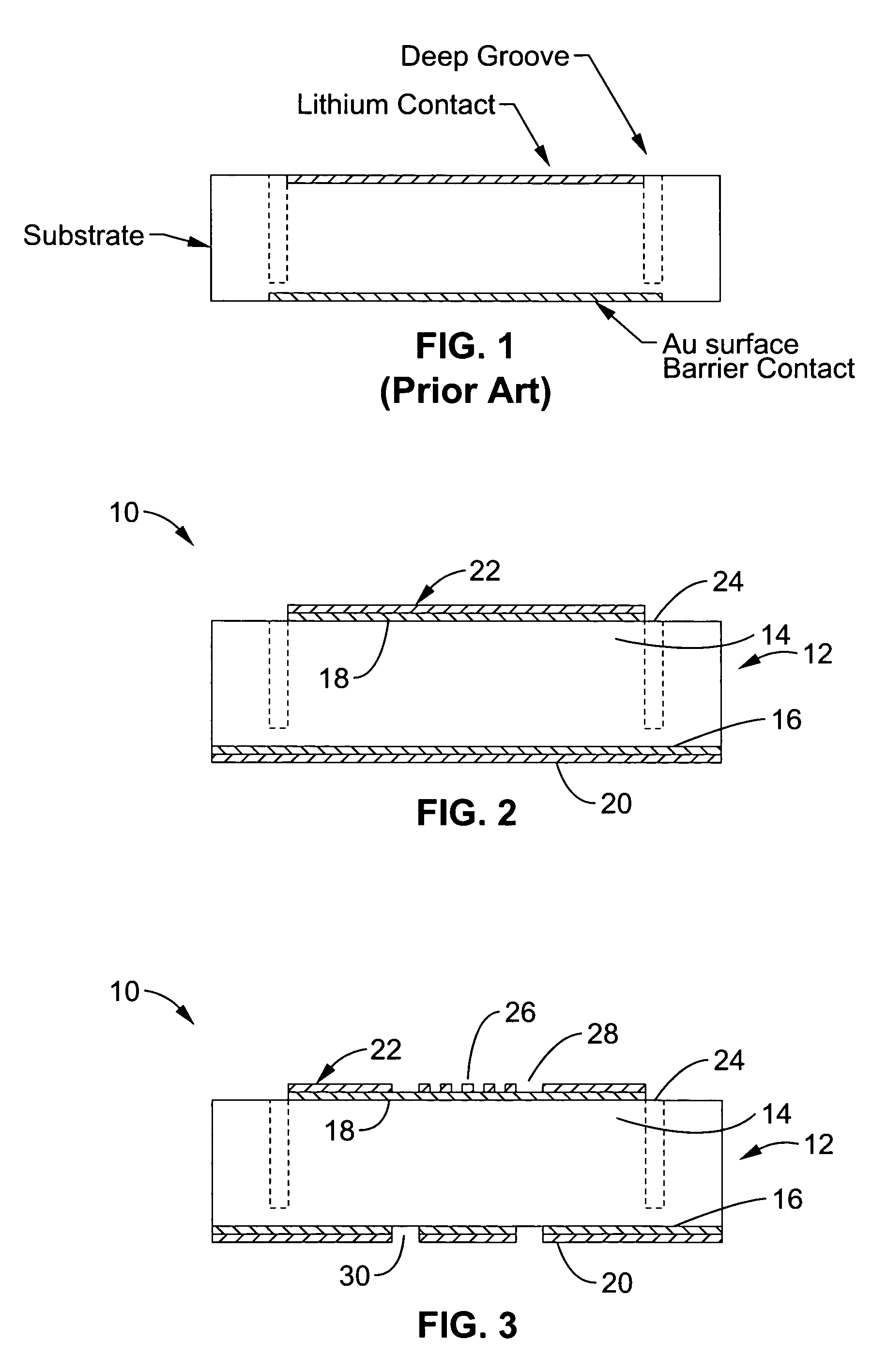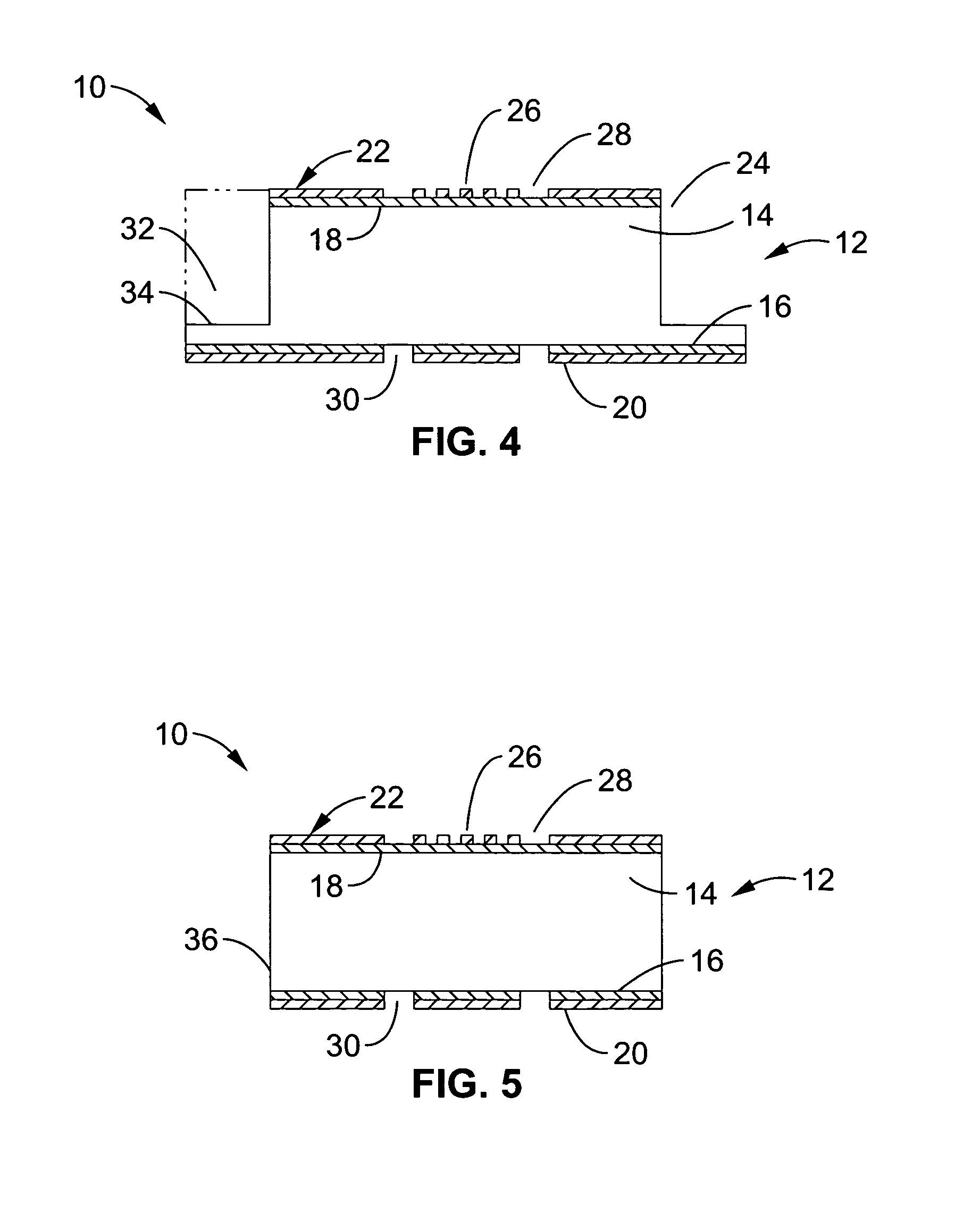Lithium-drifted silicon detector with segmented contacts
a silicon detector and segmented contact technology, applied in the direction of semiconductor devices, solid-state devices, electrical apparatus, etc., can solve the problems of increasing the size and complexity of the detector, affecting the fabrication efficiency of the detector, and the difficulty of electrical connection to the substrate, etc., to achieve the effect of convenient fabrication
- Summary
- Abstract
- Description
- Claims
- Application Information
AI Technical Summary
Benefits of technology
Problems solved by technology
Method used
Image
Examples
Embodiment Construction
[0047]Referring more specifically to the drawings, for illustrative purposes the present invention is embodied in the apparatus generally shown in FIG. 2 through FIG. 11B. It will be appreciated that the apparatus may vary as to configuration and as to details of the parts, and that the method may vary as to the specific steps and sequence, without departing from the basic concepts as disclosed herein.
[0048]Embodiments of semiconductor radiation detectors are taught within the present invention. Although other semiconductor materials may be utilized, the invention describes embodiments utilizing silicon, germanium and CdZnTe.
Lithium-Drifted Silicon Compensation
[0049]Lithium-drifted silicon (Si(Li)) is a charge-compensated, or more simply compensated, material with reduced net ionic charge in the bulk crystalline Si material. This aspect is particularly important for use in radiation detectors having thicknesses ranging from 1–10 mm or more. Lithium drifting is more accurately stated...
PUM
 Login to View More
Login to View More Abstract
Description
Claims
Application Information
 Login to View More
Login to View More - R&D
- Intellectual Property
- Life Sciences
- Materials
- Tech Scout
- Unparalleled Data Quality
- Higher Quality Content
- 60% Fewer Hallucinations
Browse by: Latest US Patents, China's latest patents, Technical Efficacy Thesaurus, Application Domain, Technology Topic, Popular Technical Reports.
© 2025 PatSnap. All rights reserved.Legal|Privacy policy|Modern Slavery Act Transparency Statement|Sitemap|About US| Contact US: help@patsnap.com



